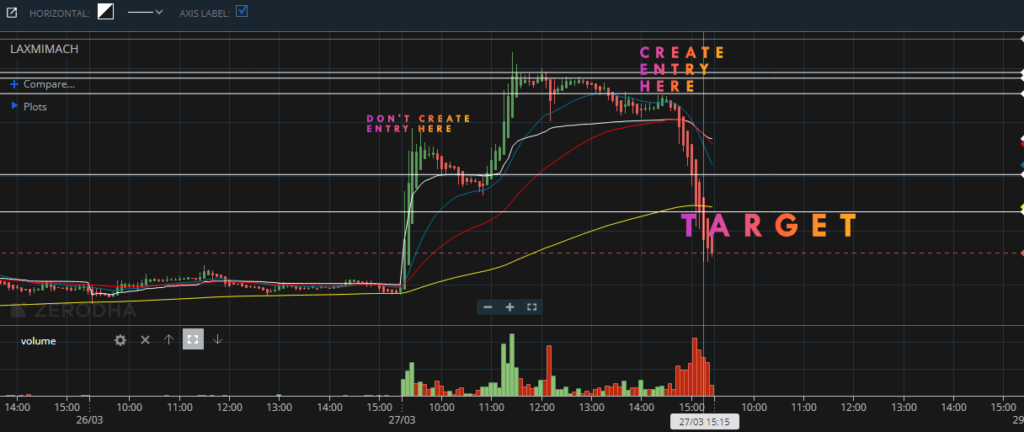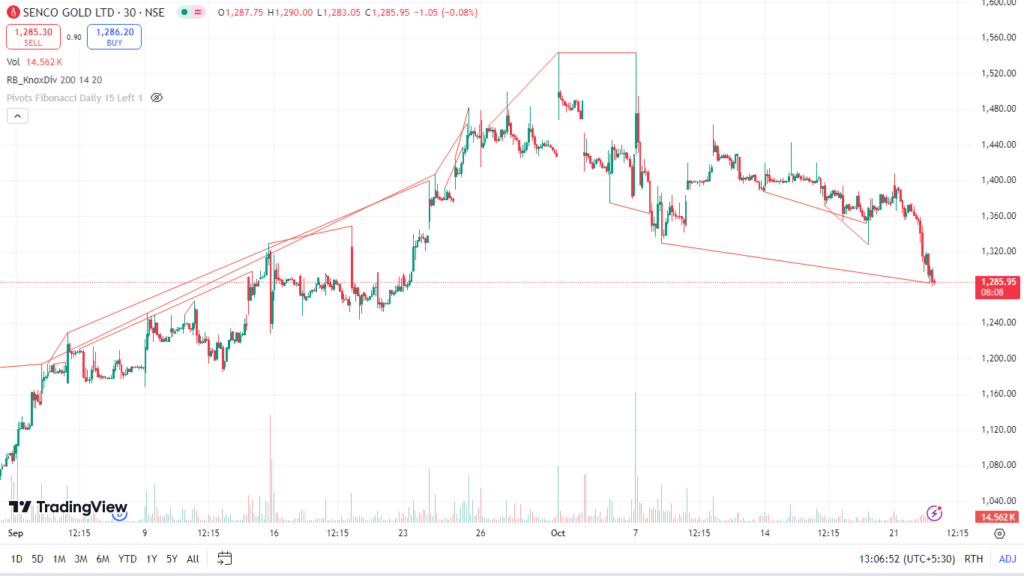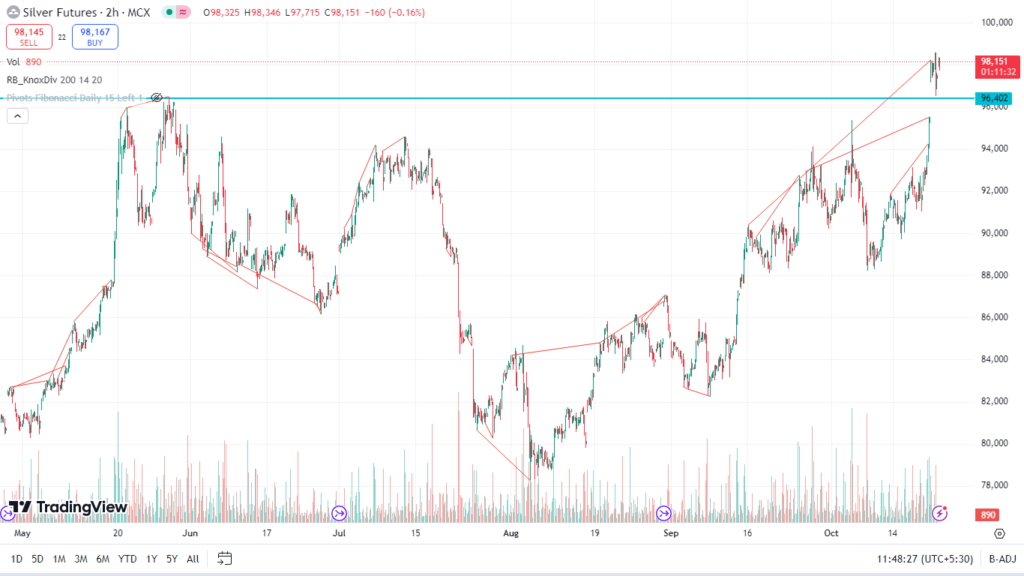Investing in the stock market can be incredibly rewarding, but it’s also a journey filled with pitfalls. New investors often make errors that could easily be avoided with a bit of guidance. Here are ten of the most common mistakes beginners make and how you can avoid them to set yourself up for success in the world of investing.
1. Jumping in Without a Plan
Many new investors make the mistake of jumping into the market without a clear strategy or plan. This often leads to impulsive decisions, which can result in losses. It’s essential to understand why you’re investing—are you looking to build wealth over the long term, save for retirement, or make some quick gains? Then you are on the right place we help you in achieving your detination and meeting your dreams,after avoiding these silly mistakes.
How to Avoid This Mistake:
Before you invest, define your goals and risk tolerance. Once you’re clear on these, create a written investment plan. This plan should outline your investment goals, time horizon, and strategies for managing risk. Having a roadmap will guide your decisions, helping you stay focused and calm even during market volatility.
2. Chasing Hot Stocks and Trends
Many new investors get swept up in the excitement of “hot stocks” or trendy sectors, like AI or electric vehicles. While it’s tempting to buy what’s popular, following the crowd often leads to buying at a high and selling low. Chasing trends rarely ends well because by the time most people jump on the bandwagon, the price has likely already peaked.
How to Avoid This Mistake:
Focus on solid, well-researched investments rather than jumping on trends. Look for companies with a history of stability and growth, and research their fundamentals before you invest. Diversify your portfolio across different sectors to minimize risks associated with any one industry.

3. Ignoring Diversification
Some beginners tend to put all their money in one stock or sector, hoping for big gains. But concentrating your investments increases the risk of heavy losses if that single stock or sector underperforms. Diversification is one of the most effective ways to reduce risk and stabilize returns over time.
How to Avoid This Mistake:
Spread your investments across different asset classes, industries, and even geographical locations. By diversifying, you lower the chance that any one poor-performing investment will significantly impact your overall portfolio. Aim to balance your portfolio with a mix of stocks, bonds, and perhaps some index funds or ETFs to ensure broad exposure.
4. Letting Emotions Drive Decisions
One of the biggest obstacles to successful investing is our own emotions. It’s all too easy to get swept up in the excitement of a market rally or panic when prices start to fall. Emotional decisions often lead to buying high out of excitement and selling low out of fear.
How to Avoid This Mistake:
Stick to your investment plan and make decisions based on logic, not emotions. Avoid checking your portfolio obsessively, as this can increase stress and lead to impulsive decisions. If you find it hard to manage emotions, consider setting stop-loss orders or automated contributions to stay disciplined.

5. Timing the Market
Many new investors think they can outsmart the market by buying at the “bottom” and selling at the “top.” However, timing the market is extremely challenging, even for seasoned professionals. Trying to predict when stocks will go up or down often results in missed opportunities and increased stress.
How to Avoid This Mistake:
Instead of timing the market, focus on time in the market. Adopt a long-term approach by dollar-cost averaging, where you invest a fixed amount regularly. This strategy reduces the impact of volatility and removes the pressure of trying to find the “perfect” time to invest.
6. Neglecting Research
Investing without researching a company’s fundamentals, industry trends, or financial health is a recipe for disaster. Many new investors rely on tips from friends or online forums instead of doing their own homework, which can lead to costly mistakes.
How to Avoid This Mistake:
Take the time to research every investment thoroughly. Look at a company’s earnings, growth potential, competitive advantages, and debt levels. Read news about the industry to understand broader market trends. Familiarize yourself with financial metrics like P/E ratio, ROI, and profit margins to make more informed decisions.

7. Focusing Too Much on Short-Term Gains
Short-term gains are tempting, but focusing solely on immediate returns can result in risky behavior and increased transaction costs from frequent buying and selling. Moreover, short-term investments are often subject to higher tax rates, which can eat into profits.
How to Avoid This Mistake:
Adopt a long-term perspective. Stocks typically perform better over longer periods, giving your investments time to grow and compound. By setting long-term goals, you’ll be more likely to stay calm during market fluctuations and avoid impulsive trades that can hinder your overall growth.
8. Underestimating Fees and Taxes
Transaction fees, management fees, and taxes can eat into your returns significantly. New investors sometimes overlook these costs, but even small fees add up over time, reducing the potential growth of your investments.
How to Avoid This Mistake:
Choose investments with low fees, like index funds or ETFs, which are known for their low expense ratios. Also, be mindful of tax implications, such as capital gains tax on short-term trades. If possible, use tax-advantaged accounts like IRAs or 401(k)s, which can help you minimize tax liabilities.
9. Following “Gurus” Blindly
Social media and online forums are filled with self-proclaimed investment “gurus” who promise guaranteed returns. Unfortunately, many of these personalities push risky strategies that may not align with your financial goals or risk tolerance. Following their advice blindly can lead to poor investment choices.
How to Avoid This Mistake:
Do your own research and build a strategy that aligns with your goals. It’s okay to seek advice, but always verify any recommendations by evaluating them against your personal investment plan. Remember, there is no one-size-fits-all approach in investing.
10. Overlooking the Importance of Patience
Investing is not a get-rich-quick scheme. It requires patience, discipline, and a willingness to stick with a plan even when the market is down. Many new investors sell too quickly when they don’t see immediate results, missing out on potential long-term gains.
How to Avoid This Mistake:
Embrace a patient, disciplined approach to investing. Avoid the temptation to check your portfolio constantly, and resist the urge to sell out of panic. The most successful investors are those who stay the course and allow their investments to grow over time, through market highs and lows.
Conclusion
Starting out as an investor can feel daunting, but by avoiding these common mistakes, you can set yourself up for success. Investing isn’t about luck; it’s about strategy, patience, and continuous learning. By understanding your goals, diversifying, managing your emotions, and focusing on the long term, you’ll be on a more secure path toward achieving your financial dreams.
Staying disciplined and avoiding these pitfalls can make a significant difference in your investment journey. By arming yourself with the right knowledge, you’re not only avoiding unnecessary losses but also increasing your chances of earning steady, reliable returns. So, keep learning, stay focused, and remember: the best investor is an informed investor.
